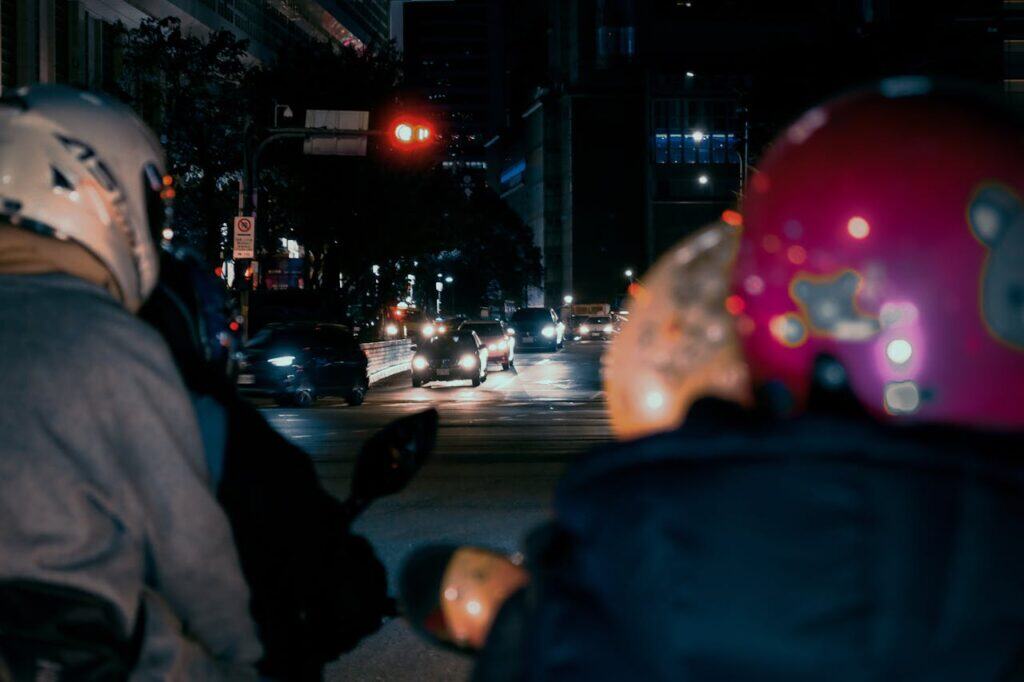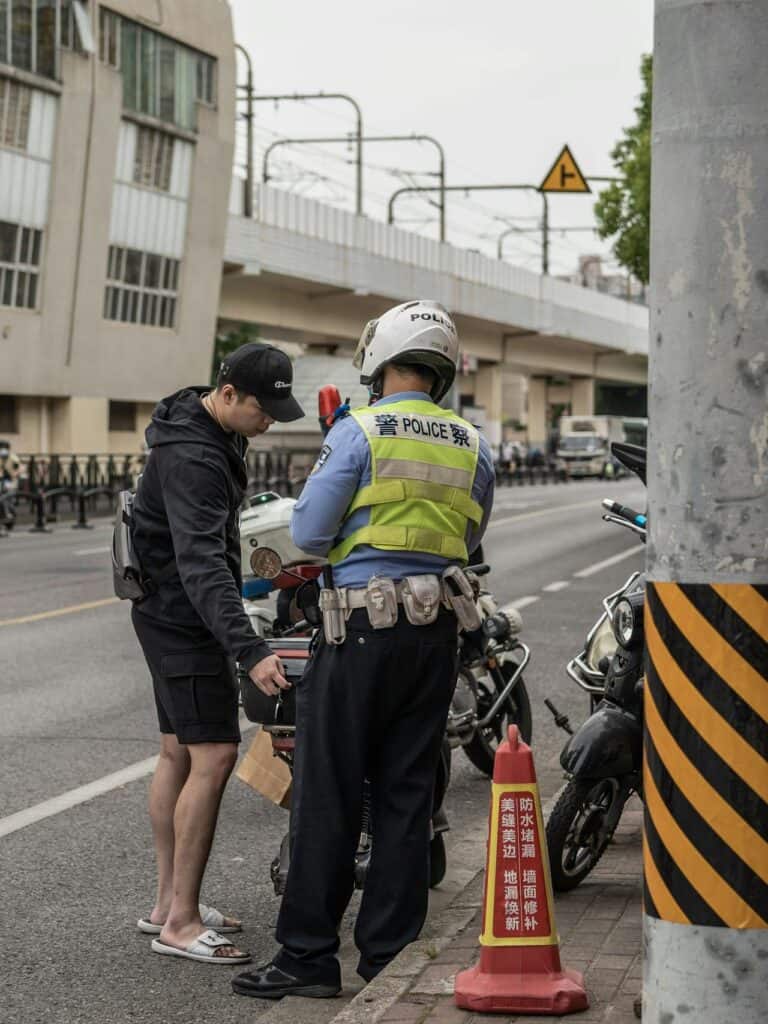We may earn money or products from the companies mentioned in this post. This means if you click on the link and purchase the item, I will receive a small commission at no extra cost to you ... you're just helping re-supply our family's travel fund.

Motorcycles are lighter than cars, which means traffic sensors at intersections often fail to detect them. This leaves riders stuck at red lights that never turn green. To address this, some states passed “dead red” laws. These laws let riders proceed through a red light under specific conditions when the signal fails to recognize them. The rules vary by state, so it helps to know what’s allowed where. Here are 11 key facts about how these laws work.
1. Why “Dead Red” Laws Exist

Dead red laws were created because motorcycles don’t always trigger traffic light sensors buried in the pavement. These sensors usually rely on vehicle weight or magnetic presence, which often fails with lighter bikes. The result is a red light that never changes, forcing riders into an unsafe or frustrating situation. The law gives them a safe, legal way to proceed after making a reasonable stop. Without it, riders could be stuck indefinitely or forced to break the law just to keep moving.
2. Not Every State Has One

While many riders assume dead red laws apply everywhere, they don’t. As of now, fewer than half of U.S. states have officially adopted them. Some states have chosen to rely on broad traffic statutes that don’t explicitly cover motorcycles in these scenarios. Others have not addressed the problem at all, leaving riders in a legal gray area. Knowing whether your state has passed such a law is essential before relying on it at an intersection.
3. Timing Requirements Vary

A common part of dead red laws is how long a rider must wait before proceeding. Some states set a specific time, like 120 seconds. Others simply require a “reasonable” amount of time, which can be more open to interpretation. That flexibility can help in practice but also leaves room for disputes if an officer thinks the rider went too soon. Understanding your state’s timing rule can mean the difference between a smooth ride and a ticket.
4. Only Applies When the Light Malfunctions

Dead red laws don’t allow riders to roll through any red light at will. They specifically apply when the traffic signal is malfunctioning and not detecting the motorcycle. That’s the core intent: to prevent riders from being stuck indefinitely. If a rider tries to use the law at a normal, working red light, it doesn’t apply. Courts and police take this distinction seriously, so knowing the boundaries is key to staying within the law.
5. Cars Usually Can’t Use It

These laws are designed with motorcycles in mind. Cars are heavy enough to trigger sensors and rarely face the same problem. That’s why in nearly all states, dead red laws don’t extend to passenger vehicles. The exception may be bicycles, which are sometimes included under similar provisions. Riders should be careful not to assume that cars or trucks can benefit from these laws, since they were written to address a motorcycle-specific issue.
6. Safety Still Comes First

Even with dead red laws, safety rules don’t disappear. Riders must yield to oncoming traffic and make sure the way is clear before moving through the intersection. The law isn’t a free pass; it’s more like a controlled exception. Proceeding without checking can still lead to accidents or traffic violations. In practice, it’s always safer to treat the situation as if you were making a cautious right turn on red: look carefully, then go only when clear.
7. Penalties Can Still Apply

If a rider misuses a dead red law or proceeds without meeting the requirements, penalties can still apply. Tickets for running a red light are costly and can add points to a license. Worse, if an accident occurs, fault may fall on the rider even if they believed the law was on their side. Courts generally expect riders to prove that the signal failed and that they followed the law’s timing and safety provisions.
8. Some States Apply It to Bicycles Too

While the focus is usually on motorcycles, some states extend dead red rules to bicycles. Cyclists often face the same issue at intersections when their bikes don’t trigger sensors. The extension recognizes that both groups face similar safety challenges. If you ride a bicycle in one of these states, you might have the same legal protection. That said, timing rules and conditions may differ slightly for bikes versus motorcycles, so it’s worth checking specifics.
9. Enforcement Can Be Inconsistent

Even in states with dead red laws, enforcement isn’t always consistent. Some officers are familiar with the rules and apply them fairly, while others may not recognize the law or interpret it narrowly. Riders sometimes report being ticketed despite following the statute. This makes it important to know the exact wording of the law in your state and, if possible, carry a reference or be prepared to explain it in court if challenged.
10. Laws Are Still Evolving

Dead red laws are relatively new, and states are still adjusting them. Some have added clear timing limits, while others are revising vague “reasonable time” language. A few states are debating whether the law should remain at all, while others are considering expansions. For riders, this means the legal landscape isn’t fixed. What’s legal today could be revised tomorrow, so it’s worth keeping an eye on state traffic law updates.
11. Riders Should Still Push for Better Sensors

At the end of the day, dead red laws are a workaround, not a perfect solution. The real fix is improving traffic sensors so they recognize motorcycles as reliably as cars. Some newer technologies already do this, but many older intersections still rely on outdated systems. Riders and advocacy groups often push local governments to modernize sensors, which would reduce the need for dead red laws altogether. Until then, knowing the rules is the next best thing.